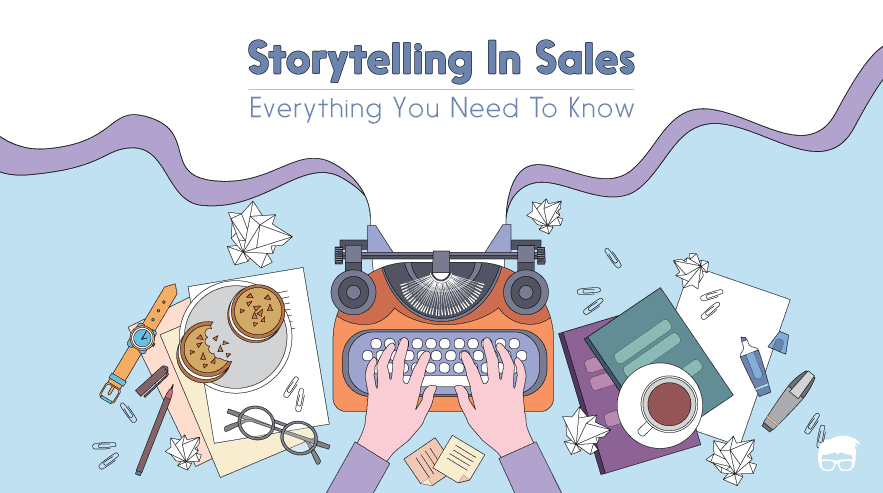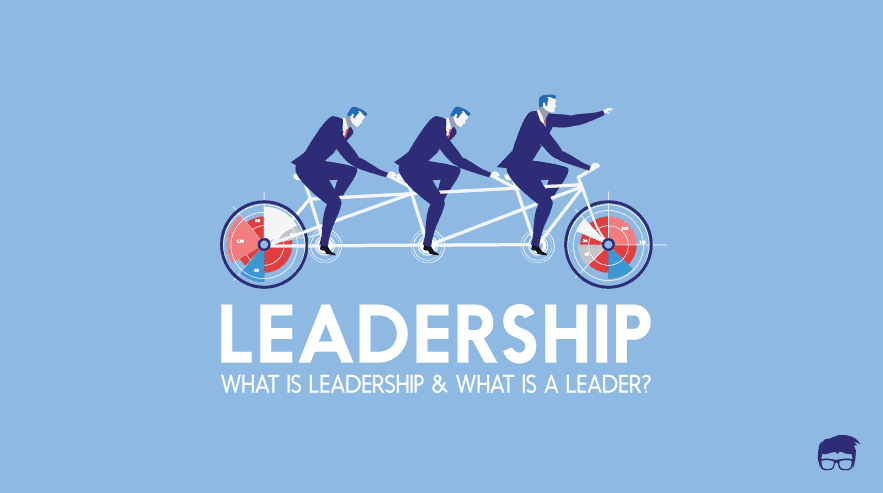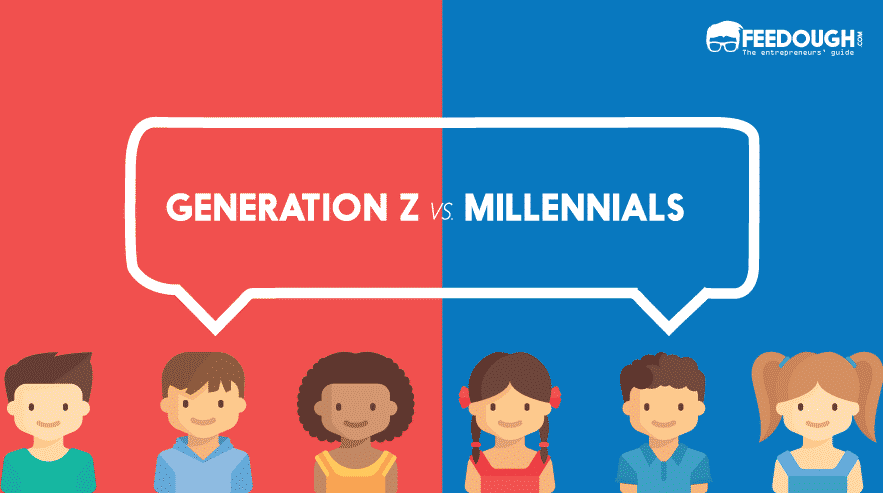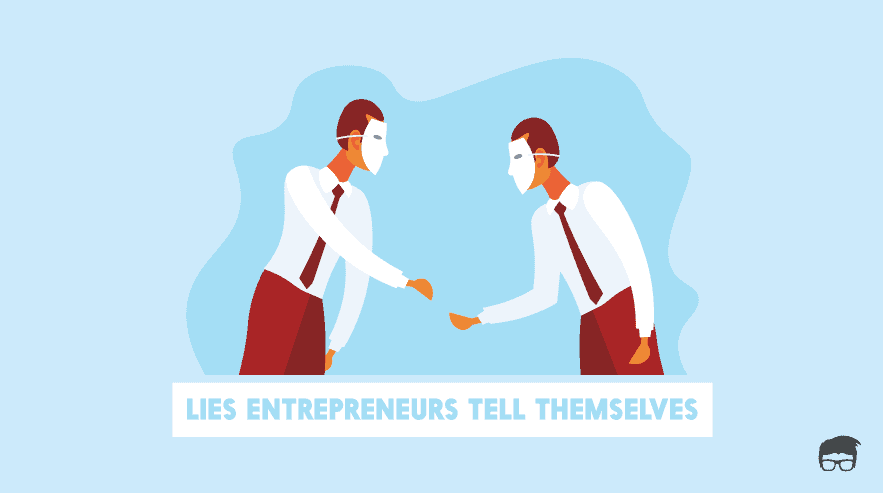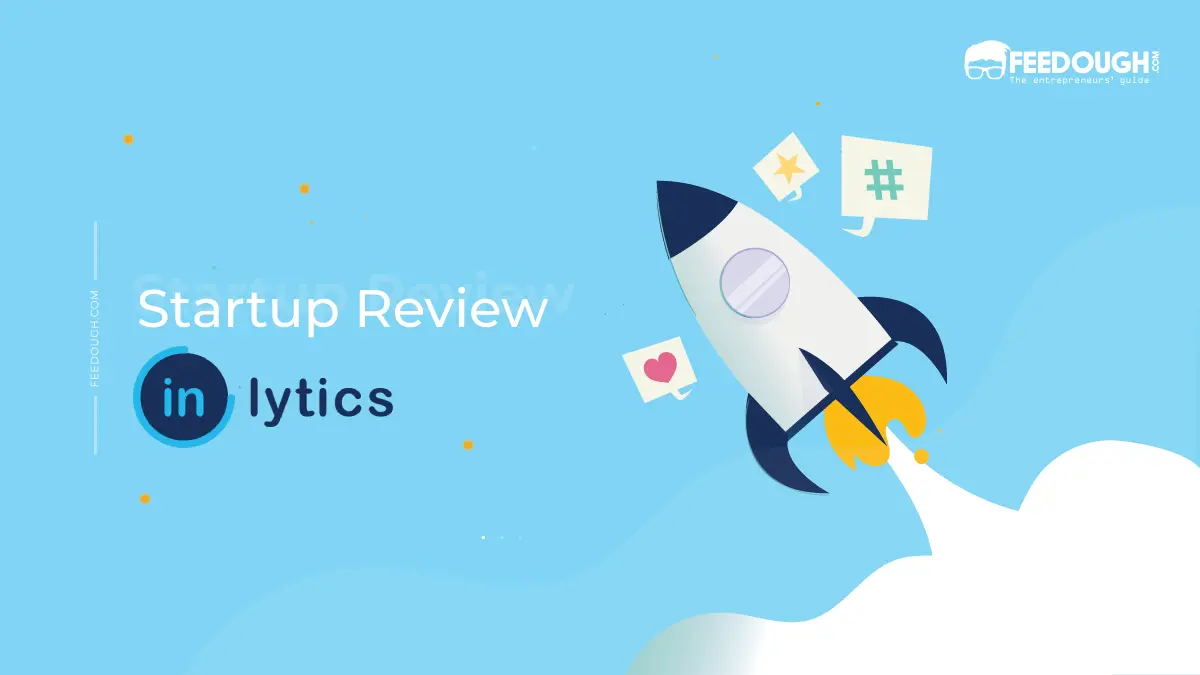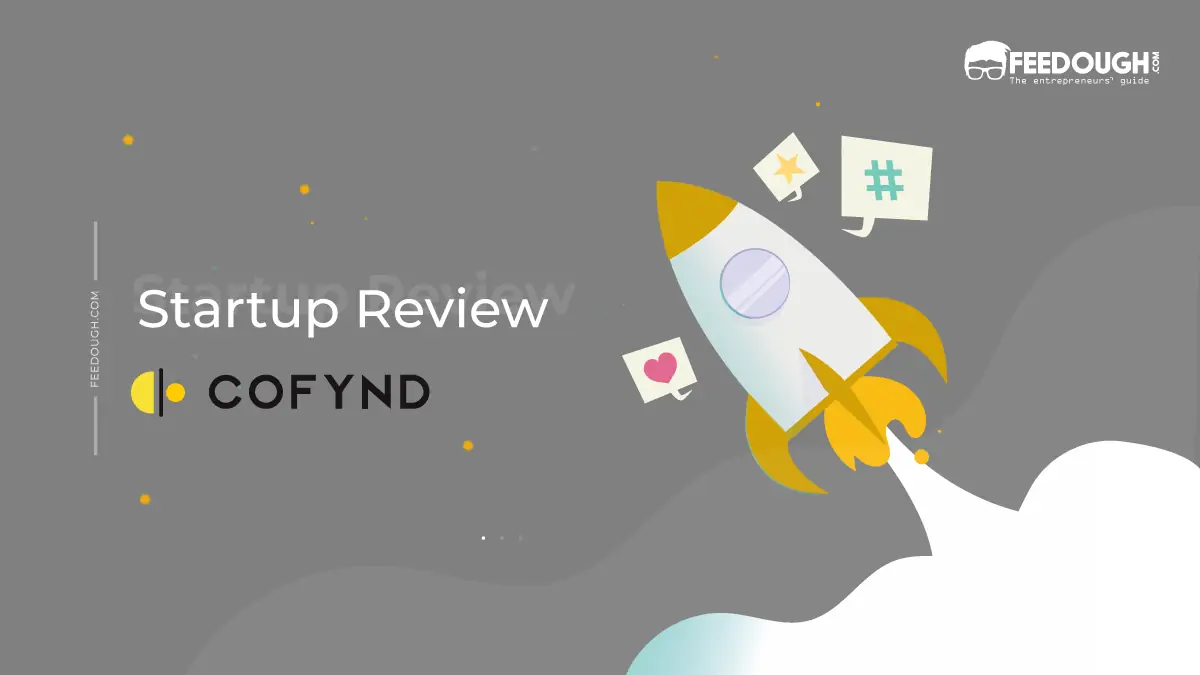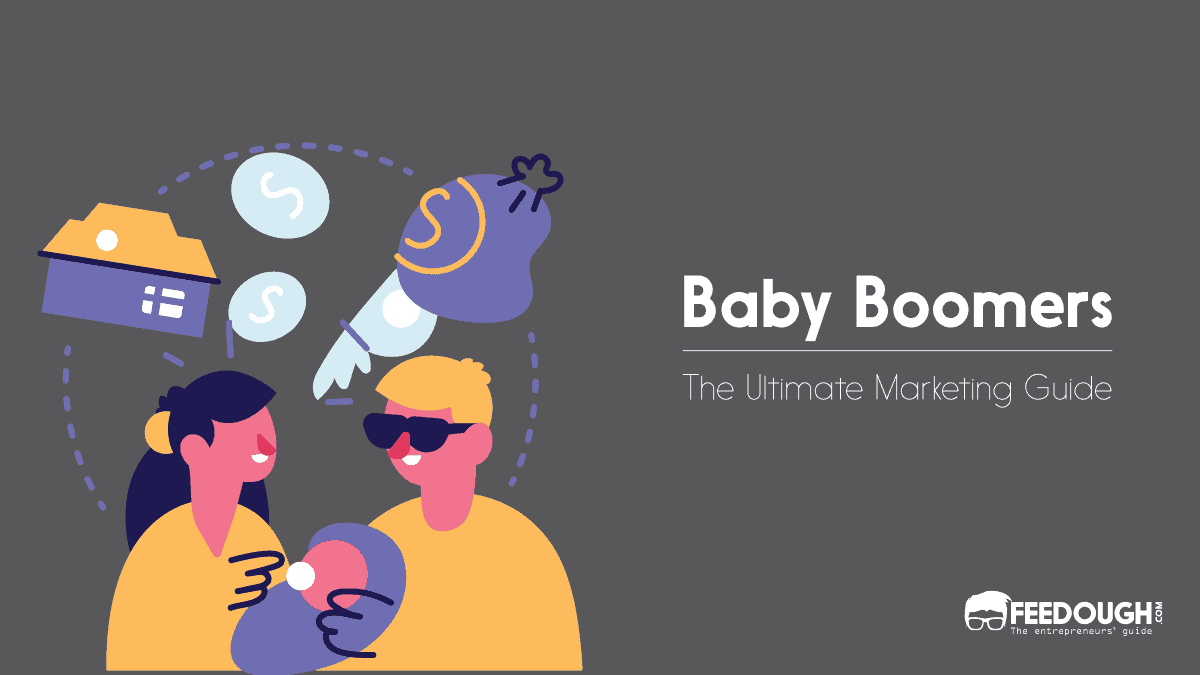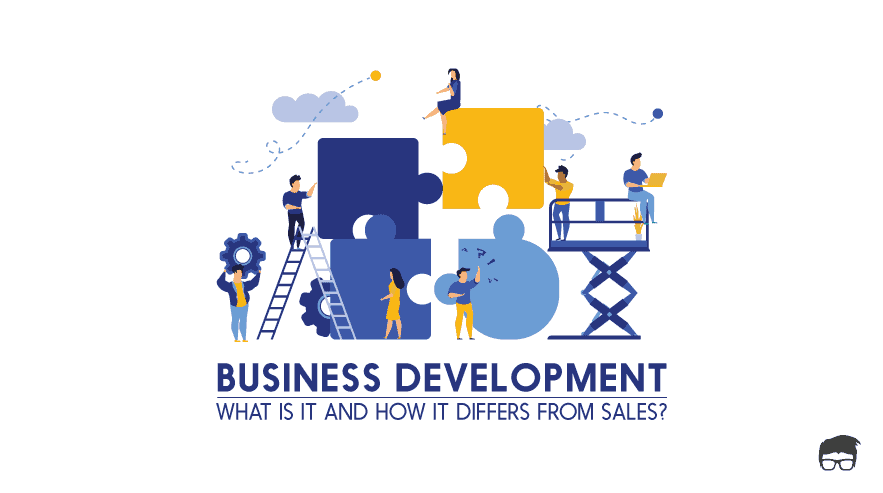“Repeat with me”
“I am” – “I am”
“Born with potential” – “Born with potential”
“I am” – “I am”
“Born with goodness” – “Born with goodness”
“I am” – “I am”
“Born with ideas and dreams” – “Born with ideas and dreams”
“I am” – “I am”
“Born with wings” – Born with wings”
Did you feel an emotional connection? Do the lines mentioned above intrigue curiosity and fascination in you? Is it just a brilliant poem? Or what is it:
“Its apple’s Children’s Day special advertisement in India – born with wings.”
You can feel the story of the children and the empowerment. Released around Children’s Day in India, the advertisement was a tribute to Dr. APJ Abdul Kalam, also known as the missile-man. The words of encouragement and wanting to fly, immediately convey a story of empathy and empowerment. Do you wish to find the key to the market as effectively as the first $1 trillion company in history?
Read on to learn more about the basics of storytelling and how to incorporate it into sales.
Importance Of Storytelling As A Sales Skill
Storytelling has been a form of communication from time immemorial. Generations after generations have passed down stories. Therefore, history serves as accurate proof that storytelling is an intrinsic human need. What better way to connect as well as persuade people with one method? What better way to hit two birds with one stone? The answer is:
“Persuasive and novel storytelling.”
The ability to infuse novel, inspirational, and memorable stories in a sales pitch is a highly effective sales promotion skill. Scientific studies stand as proof to support the above statement. Human beings are termed as ‘social animals’. Therefore, persuasive stories will not only aid the sale of your product:
“It will help you create meaningful relationships.”
Meaningful relationships with customers will transform into revenue for businesses.
The top advantages of making use of storytelling in sales include:
- Rising above the clutter of too many firms in the market and grabbing attention.
- Channelizing higher interest in the product or service that you are selling.
- Anecdotal stories help make your brand/product/service meaningful and memorable
- Establishing trust between you and your client. Well-curated stories, more often than not, promote the release of oxytocin, which makes it easier to develop deeper bonds between the storyteller and their audience.
- A persuasive story can be highly motivating and, in turn, push a customer to take action toward buying your product/service.
An interview with Clay Hausman, the current CMO of Akanta, a company that gives decision support to life science sales and marketing teams through AI, re-established the importance of sales through storytelling:
Storytelling is always referred to as an art, while data as a science. But perhaps, storytelling also has a science behind it, and data has art. Therefore, this article intends to help you formulate a foundation about the science of storytelling.
Use Of Storytelling
Sales is a persuasion-based marketing skill. Stories are highly vital too for sales as they act as a much subtler too to persuade consumers through tactics such as;
- Recommendations
- Promises
- Ingratiation
So, whether you follow a B2B kind of approach or a B2C kind of approach, there is nothing better than storytelling to captivate your audience. But for establishing a strong foundation in how to create great sales stories, let us divide the usage of storytelling amongst the b2b type and b2c type of business.
For B2C Type
Storytelling is the easiest and most efficient method of sales, especially for a business-to-consumer type of business. Under this method, business-related trade and transactions are performed directly with the ‘consumer’, that is, the individual who buys the offering to consume rather than to sell again.
Business to consumer type of approach makes it much easier to engage and imbibe storytelling as a sales strategy. Because you are dealing with customers through a direct link, it is much easier to form a connection. Why?
“Well, because the consumer intends to buy and the producer intends to sell”.
If you are a B2C brand, it is important to note the following:
Use your B2C business model type to your advantage. You are a human, and your consumer is a human, unlike B2B, where it might be a business entity. Therefore, establish a connection through emotionally inducing For more understanding participate in the storytelling activity #1 below and leave your answers in our comments section:
Storytelling Activity #1
You are an eyeglass sales representative. You have to persuade a new eyeglass user why s/he should buy your brand? Let’s identify what features are capable of acting as selling points for you – price, durability, the weight of the glass frame, past customer feedback. Now, these are product-specific selling points. Let’s talk about customer-specific selling points. Your customer is a college-going student, looks formally dressed and tidy.
Next, we combine these two. You can talk about how – “My brand’s glasses have the potential of becoming the most popular choice for young college students because they promote a crisp, demanding, and young type of lifestyle. It is not only the weight, price, and durability of our product that makes it popular but the fact that it looks smart on your face, on a work desk next to a laptop, on your bedside table, anywhere. Amidst college schedules and social gatherings, even if you drop your specs from the edge of the table, they are designed to be scratch and break-resistant. First impressions are the last impressions, and we put effort into going beyond cut, colour, and clarity to create specs that match the value of your lifestyle. This is the best choice for you for the product of eyeglasses and a crisper lifestyle.”
Next, you can guide your customers through the journey. By using a sort-of ‘demo-approach,’ you can not only talk about the benefits of your product/service but actually show it to them in a b2c model.
For instance, watch the short video below :
Another way you can incorporate storytelling in your b2c business would be to give your customers perspective. Let your customers know that XYZ is not the only use of your product, it can be used for various purposes, or that it can be paired with various other things, or that it can be a potential for certain things, etc.
A direct show of the perspective model can be understood through the following videos:
The videos are from Chobani, a yogurt manufacturer. But the video does not talk about regular advantages of pro-biotics or health, or easy of transport, or taste, or flavours. What does it focus on?
“Perspective”
It gives the viewers a perspective of what you can do with the Chobani yogurt. You can make doughnuts and crispy fried chicken. When you watched that ad, it did get to you. It does seem aesthetically pleasing with a story behind it. If you do ponder upon the literal contents of the ad (which mind you, no consumer ever does), it doesn’t make sense. Chobani yogurt isn’t the main ingredient for those dishes. But it gives you a perspective that it could be, couldn’t it?
For B2B type
Brand storytelling is like an essential staple for B2C marketing, but it is less widespread in the B2B world. The reason is obvious – it’s more difficult to engage with your audience emotionally when what you’re trying to do is sell complex solutions to businesses, instead of flashy products to individual customers.
Storytelling may seem like a tedious task to pull off in the B2B world, but the difficulty does not undermine its effectiveness. Research by Google, in partnership with Motista and CEB has shown that businesses have a 50% greater probability of making purchases if there is an emotional connection.
- The first and foremost way of incorporating storytelling in your sales is through a social cause. A great example of this would be IBM. IBM’s documentary on education in the US and IBM promoting it. The documentary talks about a story that IBM believes in, and that connects to other businesses and the general masses on an emotional level.
- Another means of using storytelling in sales would be anecdotal information about your brand vision and mission. Based on the study by Google in partnership with Motista and CEB, 71% of B2B buyers purchase when they see personal value in your business. Along with that, 68.8% of the B2B buyers surveyed are even willing to pay a higher price to do business with a brand they believe in.
For instance this video by Intel and Toshiba:
The first video of “the beauty inside” campaign was essentially communicating the vision that Intel and Toshiba have. Through their brand, through their products and services, they aim to awaken, enrich, and give voice to your inner beauty, facelessly. Though it was not intended to be an ad, rather a social film, the idea conveyed about the mission is crystal clear. What business would not want to work with you after that?
How Storytelling In Sales Works?
In order to make the storytelling process a natural sales methodology, one has to etch the fact that:
“Customers are an active part of the sale process and not a passive part”.
It is only when the customer is seen as important enough to be persuaded, your mind can adapt to the customer and curate stories for enhancing sales. But how exactly are these stories curated in a salesperson’s mind?
Narrative Transportation Theory
Firstly, we focus on narrative transportation theory. The NTT starts that individuals are transported to the story world and employ a holistic narrative processing instead of piecemeal analytical processing. This means that brands must focus more on building overarching stories instead of analytical glimpses. The reason behind this is that research shows that customers gave less critical feedback and claimed to have experienced more realistic connections when the narrative was employed instead of analytics.
Persuasion Knowledge Model
The PKM assumes that people are suspicious of persuasion attempts, and use coping strategies in the face of persuasion. In brief, this model states that consumers are aware of the persuasive tricks employed by sales personnel and try to rise against it when faced with the same. As a consequence, such kind of awareness alters the storytelling process from the sales personnel’s end.
Under this model, any business person must make sure to employ honest and novel stories to make sales. Dishonest and fancy stories may result in an increase in the suspicion in the minds of the consumer and, therefore, backfire!
Relationship Marketing Paradigm
Under this theory, it is believed that a sale process transitions from a focus on the transaction to focus on the relation.
For instance, it is very common in Indian culture to form relations with shopkeepers as family relatives. Using words like ‘chacha’, ‘maushi’, ‘kaka’, (i.e., uncle, aunt, uncle) is very frequent.
This is the most widespread example of the relationship marketing paradigm. This is a stage that every businessman, especially in B2C type of business, aims to attain.
Types Of Storytelling In Sales
Now that we have covered what is storytelling and its importance. We also gained an in-depth understanding of storytelling through various business models and the theories that are used in storytelling. But what are the different types of storytelling? Is there only one way to go about the storytelling sales method?
Well, the answer is obviously no! Read ahead to find more about the type of storytelling:
Organization Story
The first method is to make use of your company’s unique origin story – this refers to highlighting the problem your product has identified and aims to solve. A persuasive, brief founding story helps humanize your company and offer a fresh peek into your values and purpose.
But, be sure not to lead with your organization story. The opening should focus on the customer (like the other 4 types of stories) and not your company. Nevertheless, under this method, you save your company story for standing as a support point to your product story.
Storytelling Activity #2
Share your company story as a supporting statement to a humanizing product story in the comments section below. For instance, if I am selling pet grooming products – “My company story is we create and curate a unique formula that suits only your dog/cat. You send in your pet’s biological specs and vet recommendations, and we create and deliver a top-notch product accordingly. Now when I am trying to make sales for my products, whether through advertisements, posters, in-person, etc. I need to have a more humanizing story. I may think that my company story is already very empathetic and brilliant because I am personalizing products. But NO!
Never make your company story your sales story!
So let’s say I come up with aa true story, that I worked as a vet’s assistant in my college days. I observed that whether it was a chubby pug with a vegetarian diet or a skinny dachshund with a meaty diet, they were both given the same tonic for smooth fur. Pet products were never personalized to suit the pets. There are only superficial categories of the size of the pet. That’s all! And that’s where my company steps in. My company curates personalized products for your pet, promoting a much longer, happier, and healthier lifestyle!
Customer Story
Case studies and customer testimonials are an immensely powerful tool to make use of in any pitch. Why?
Well, a consumer who has previously benefited due to the use of your product/service acts as a much more credible advocate to a prospective consumer over another vendor/salesperson.
Under this method, even though you are conveying a true customer story from the past, make sure that you adapt the story in a more polished and engaging sense to suit your prospective customer at hand.
Business Story
The next type is a business story. Under this, you talk about a story of another business/industry that is unassociated with your customer’s business. This way you can give away astonishing insights into problems, solutions, or opportunities.
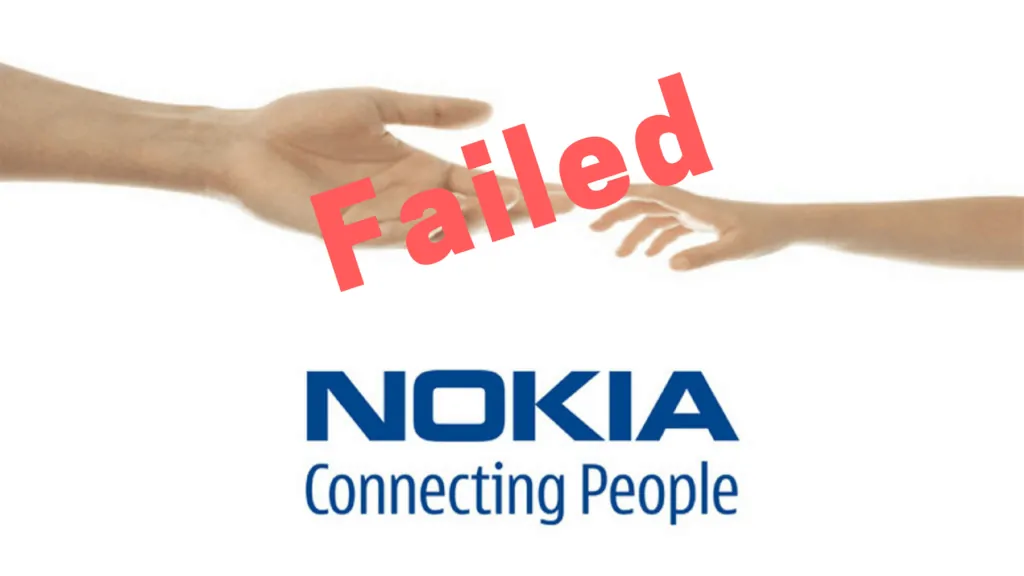
For instance, a very over-used business tale would be of the company Nokia. Nokia failure case studies have shown that as a company, Nokia failed to adapt and foresee the shift to smartphones in the way Apply and Android did. Now you can make use of this story to talk about your adaptive value while pitching in a b2b type of business. You can also make use of the same story to pitch a drastically new and unseen technology that people may be hesitant to adopt.
Storytelling activity #3
We are excited to know in the comments section if you can think about other company stories, available as public information, and how you incorporate them in your sales story?
Analogy/Metaphor
A comparative story that offers something novel instead of something familiar is a quick as well as an effective way to convey a sales pitch to your customers. Analogies are also useful for softening any beliefs or misconceptions your customer may have.
To help you find the right analogy topic, it would be important to focus on what your key message is (i.e., growth, accuracy, safety, etc.). You have to make sure your audience will understand your analogy quickly. It must not be so complex that you end up explaining it!
Personal Story
Using your own personal experience to shed light on a subject is a very powerful and memorable tool. Unlike most business-based stories, personal stories can help form a stronger emotional connection with your customers.
But it must be noted that there may be customers/businesses for whom a personal story is inappropriate. People are humans and, at the end of the day, will respond to a tight, well-told, purposeful personal story. Focus on why you’re telling the story, and remember to stop your personal story when your point has been conveyed.
How To Enhance Sales Through Storytelling
How to make a great story is something that authors and writers spend lifetimes studying. It’s far too vast a subject to answer exhaustively through this article. But because we aim to simplify business solutions for you, below-mentioned are a few key elements that marketers should pay more attention to:
The Bait And Switch Approach
Start with an undeniable truth that cannot be contested. Next, name the enemy. By naming the enemy in your sales pitch story, you already incorporate novelty and intrigue as elements of your story. Lastly, place your product/service as the enemy slayer!
For instance:
If you are a new video call app that lets users share their screens, watch movies, talk, and do almost anything possible on the video. Your selling points are your share screen feature because of which people, despite physical distance, can watch a movie together, browse through funny cat videos together, and don’t need to worry about whether the other person is on the same page or not.
Undeniable truth here would be: Technology hs taken over the world + Amidst the virus pandemic and biological warfare theories, social distancing needs to be practiced.
The enemy here would be something that goes against the first part. So let’s say that physical contact and meeting people in person is slowly reducing and losing value OR you can go bold and say that meeting people in-person is actually worse due to XYZ reasons.
The enemy slayer is your app because it tackles both problems and suits your needs and the needs of the world.
The Demo Principle
As has been mentioned earlier in this article, the demo principle can prove to be immensely helpful in building a story for your sales pitch.
Through a demo you are essentially telling your customer that you should buy this product not only because it is super, but also because of LOOK:
- It’s so easy to operate
- It’s so safe
- It’s easy to clean
- It’s easy to store
- It’s easy to travel with
Or whatever other feature is visually demonstrated.
Before-After-Bridge Approach
Before – Here’s your world
After – Imagine what it would be like, if……
Bridge – This is how my product helps to get there
The before-after-bridge approach is sort of a better version of the perspective principle from b2c sales marketing.
For instance, Uber very actively uses the before-after-bridge approach.
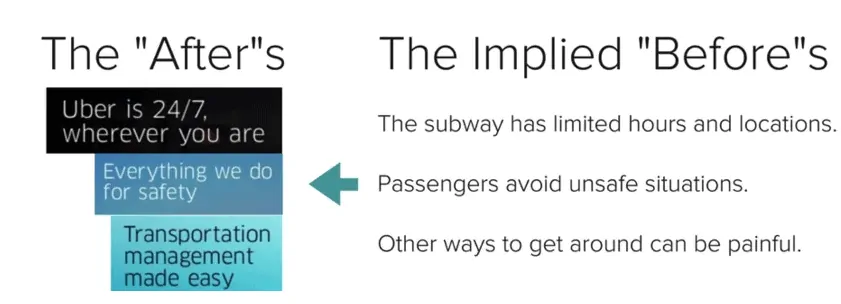
Apart from the above-mentioned three tricks to incorporate storytelling in sales, you can combine the theories and methods from earlier sub-sections to suit the need of your brand and product/service.
Go On, Tell Us What You Think!
Did we miss something? Come on! Tell us what you think of our article on storytelling in sales in the comments section.
A marketer with a specialisation in Economics, Law and Computer Studies. Performed social media marketing for McDonald’s, GoIbibo, and LaughGuru.
